Set It and Forget It?
The wealth of customization options on Apple’s iPhones means your phone is probably due for a settings refresh. No need for a full factory reset, though; double-check these five settings now.


Year after year, Apple rolls out new features and settings for its iPhones, adding more customization options that change how we use our phones.
The start of a new year is a good time to review those settings. Do you really need notifications from that particular app? Want to revoke location access from a certain someone? Take a few minutes to peruse these settings and make sure you’re getting the most out of your iPhone.
1. Reset Individual Settings
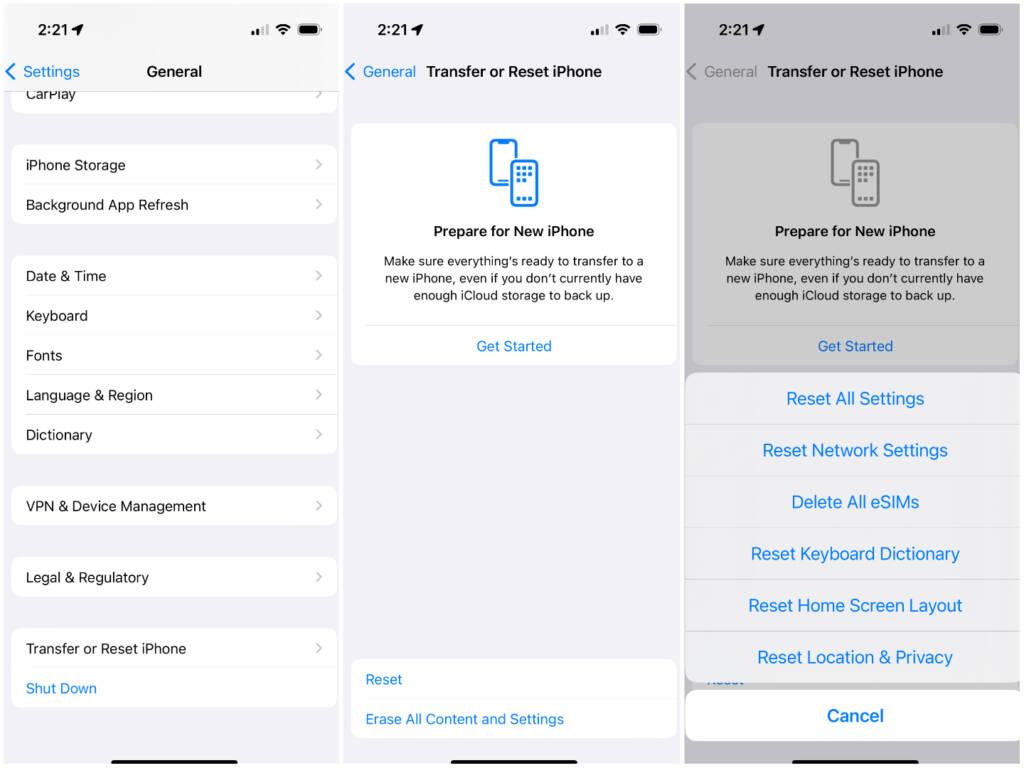

Ready to begin anew? If a factory reset is too drastic, you can handpick the settings that need a refresh. Go to Settings > General > Transfer or Reset iPhone > Reset. Tap Reset All Settings to refresh your iPhone’s network settings, keyboard dictionary, location settings, privacy settings, and Apple Pay cards all in one shot, without deleting your photos, contacts, or other data and media. Or update them one by one.
- Having connectivity problems? Choose Reset Network Settings to remove previously used networks and VPNs (that weren’t installed using a configuration profile).
- If there’s an issue with your phone’s layout, try Reset Home Screen Layout to return Apple’s built-in apps to the home screen, like they would be on a new phone out of the box.
- Each time you tap on a word or spelling the phone doesn’t know, it makes a note of it and saves the information to your dictionary. If something goes wrong, try Reset Keyboard Dictionary to erase all the words you’ve added and reset the suggested words you see while typing.
- To revoke location access for people or apps, tap Reset Location and Privacy to restore those settings to their default. (For people, this can also be managed from the Find My app.) When you re-open apps that used your location, like Uber or Google Maps, they’ll likely ask you to grant them access to your location again.
2. Enable Safety Check
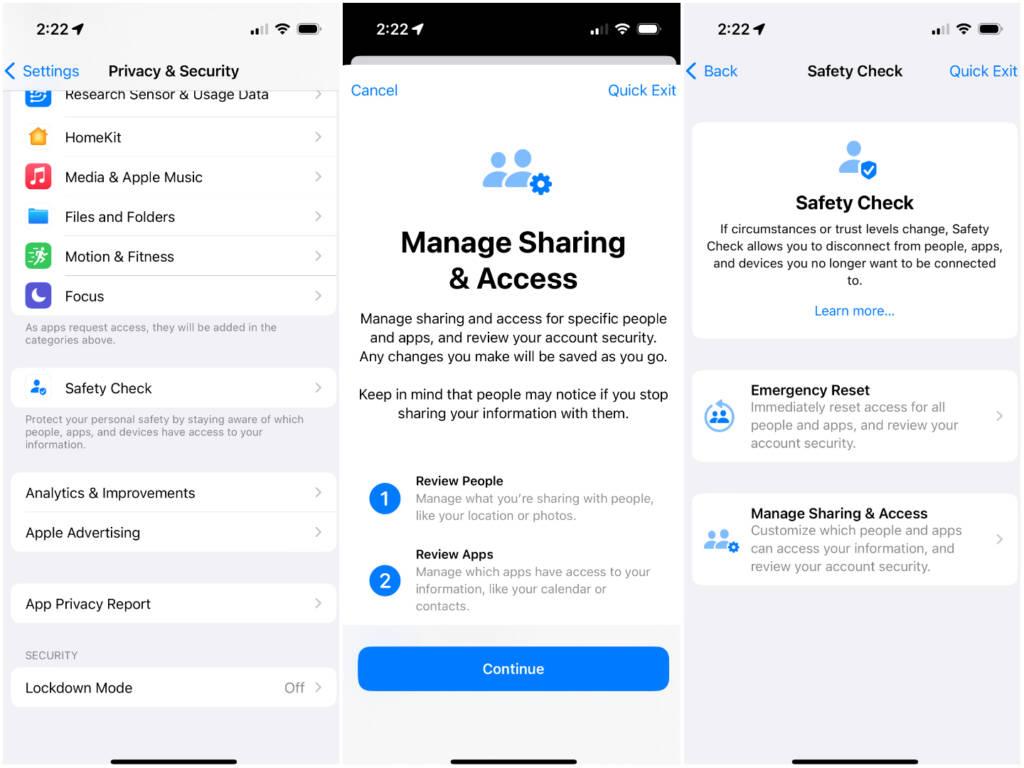

In iOS 16, Apple added Safety Check as a way to quickly disconnect from people and apps that may be tracking you, either with or without your knowledge. In the case of domestic abuse or other harmful situations, this feature can help restore control of the iPhone to its owner.
It can also be helpful to revisit share settings that you made in the past and forgot about to disconnect from anyone who may still have access to your content, location, or settings.
To review people and apps you’re sharing information with, head to Settings > Privacy & Security and scroll down to Safety Check. Tap Manage Sharing & Access to see your current settings and decide if you want to change anything or not.
3. Fix Notifications
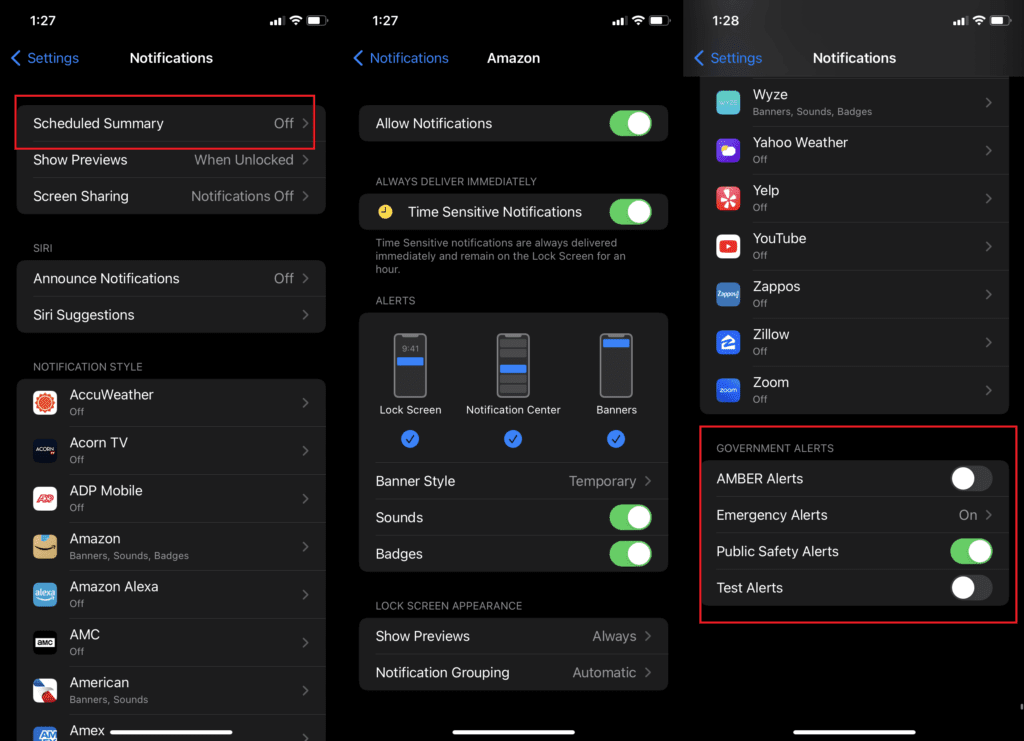

If there are some apps that are not notifying you when you think they should be, there is no single solution to fix those settings. Instead, you will have to change things manually for individual apps. Open Settings > Notifications to find a list of all the apps on your phone. Choose Scheduled Summary to see if any apps have been set to deliver notifications at a specific time.
You can also inspect an individual app. An app’s notifications can be enabled or disabled from the Allow Notifications switch at the top of the screen. You can also decide whether the app notifies you on the lock screen, notification center, and uses banners.
If you scroll to the bottom of the Notifications section, you can turn off, or back on, AMBER Alerts, Emergency Alerts, and Public Safety Alerts.
4. Change Focus Modes
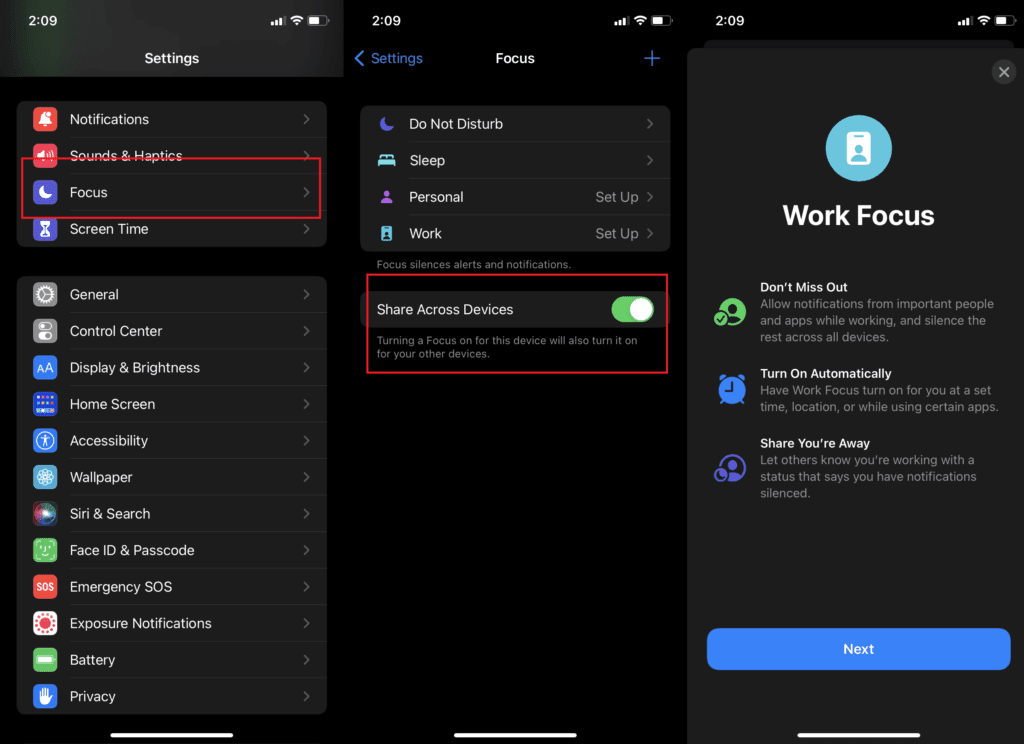

For those who need a temporary reprieve from notifications, Apple introduced Focus modes in iOS 15 and enhanced them in iOS 16, to limit phone calls, text messages, or other interruptions.
It’s easy to go a little overboard here. Are you missing messages? Maybe your iPhone says it’s on Do Not Disturb mode because you enabled it on your iPad? Check which Focuses you have set up under Settings > Focus. See if you want Focus to sync across devices and whether certain apps have permission to share whether you have notifications silenced.
5. Check Accessibility Options
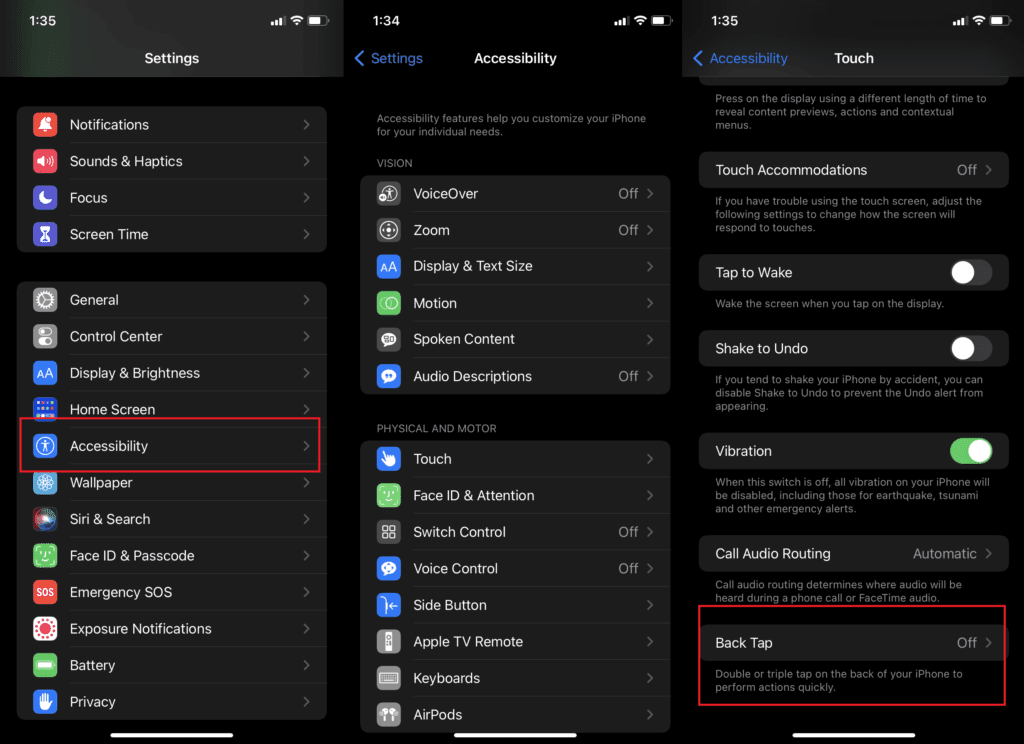

Some of the most interesting features on the iPhone are its accessibility settings.The Back Tap feature, for example, performs an action when you tap the back of the device.
If you tweaked some of these features over the years, and forgot about them, your phone may be acting in unexpected ways. Personally, I thought my iPhone was possessed because I set it to open the app switcher when I tapped the back three times and was triggering it by accident.
To revisit these settings, open Settings > Accessibility. Scroll through the different options to see if there’s anything you changed and need to reset. Some of these options can be buried; you need to open Settings > Accessibility > Touch > Back Tap to change the Back Tap settings, for example.




